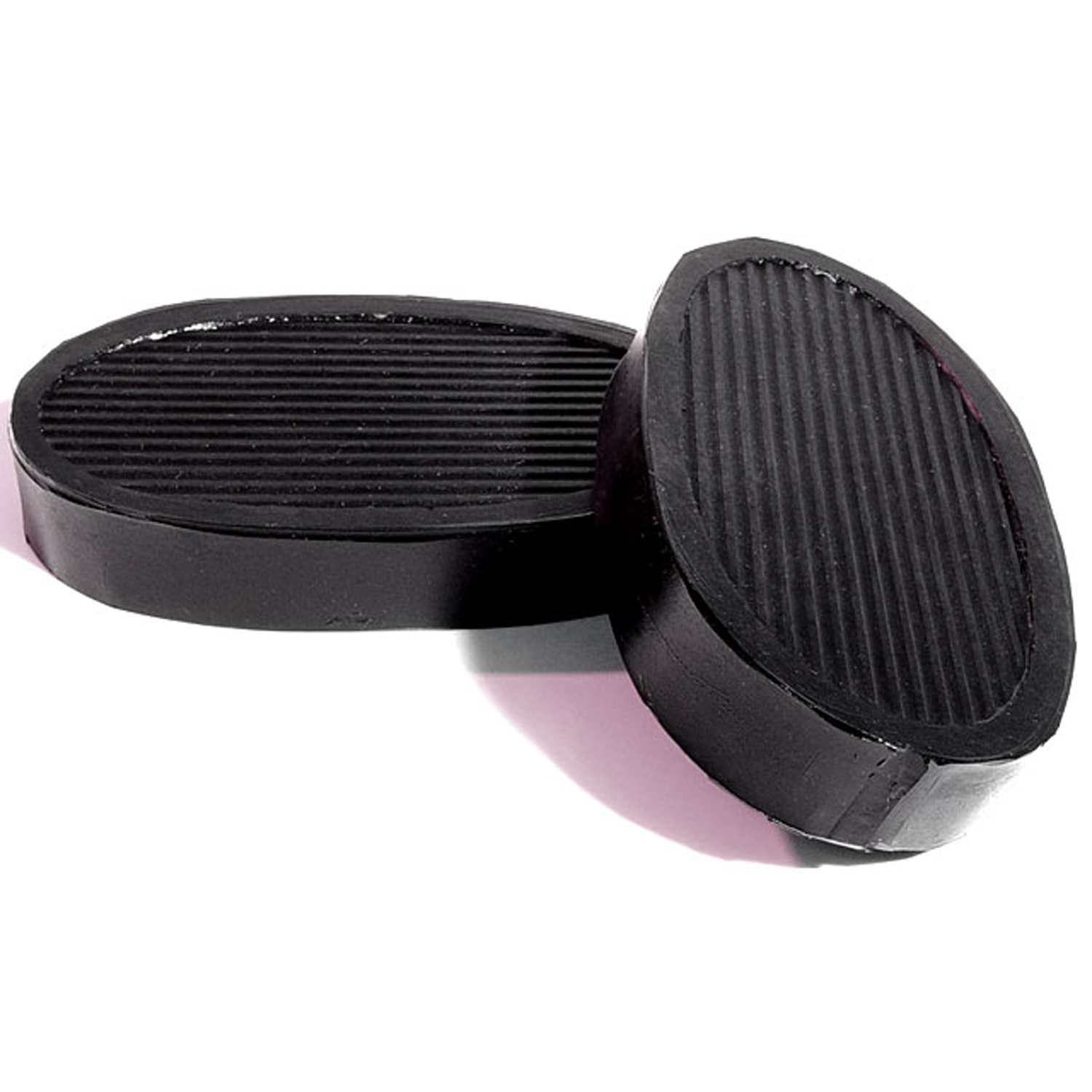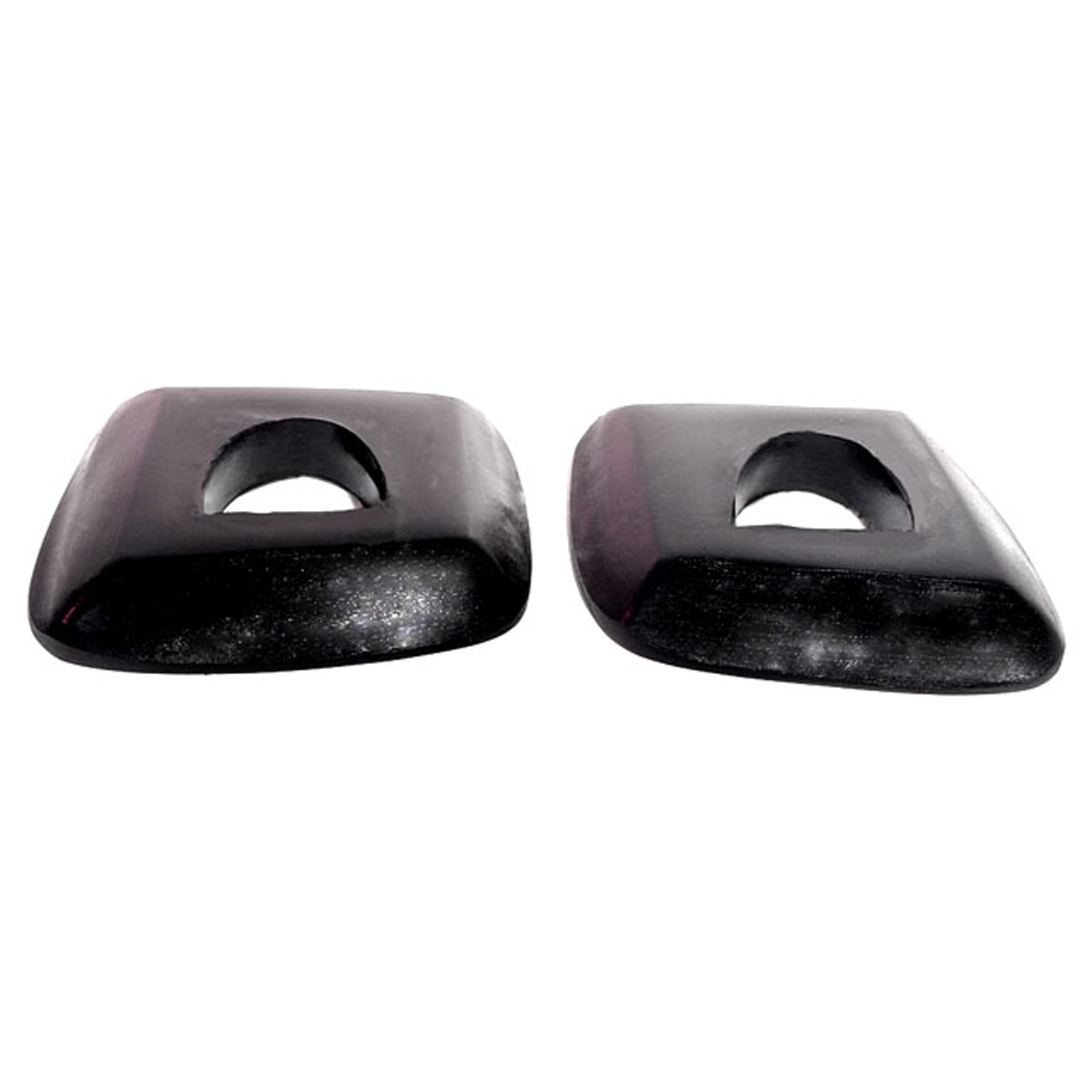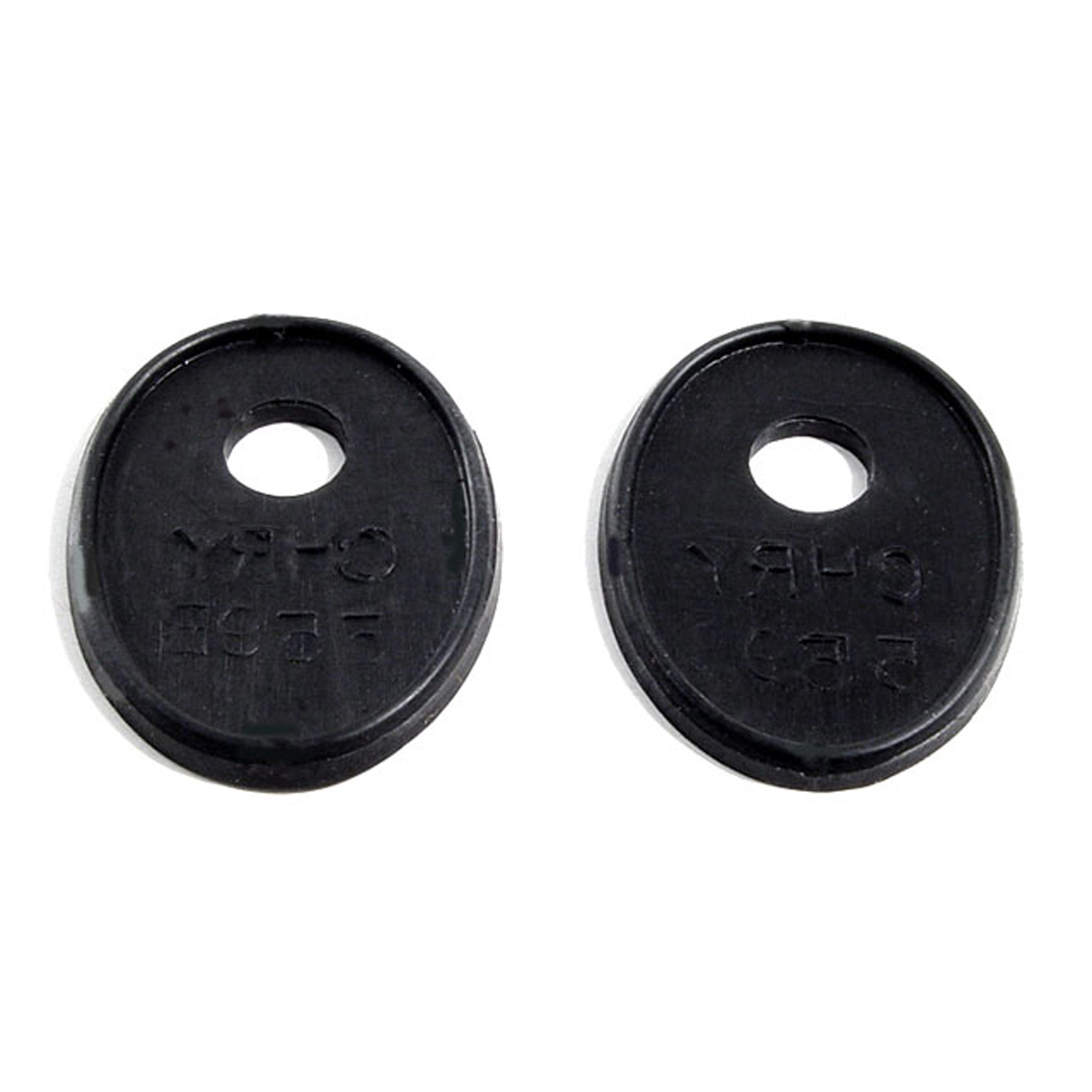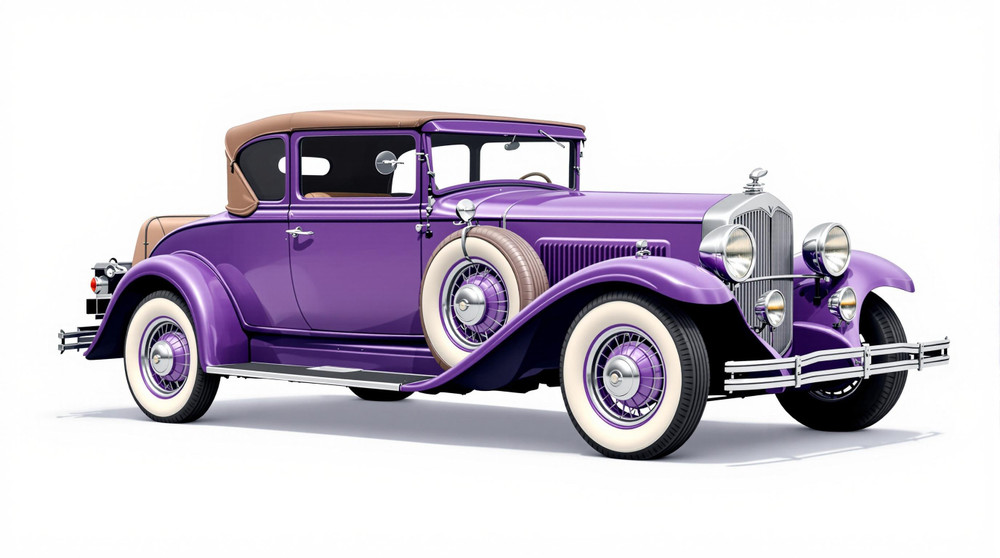Image of 1928 Chrysler Series 72, Note: These illustrations use artistic license and may differ from actual historical models.
Performance Metrics
Fundamental Metrics
Emotional Appeal
MMP Rating
| Engine Specifications | |
|---|---|
| Engine Options: | L-head inline six-cylinder engine |
| Displacement Range: | 248.9 cubic inches |
| Horsepower Range: | Estimated 75-85 HP |
| Torque: | Not available |
| Compression Ratio: | Not available |
| Ignition System: | Battery and coil |
| Cooling System: | Water-cooled |
| Performance Specifications | |
| 0-60 Time: | Not available |
| 1/4 Mile Time: | Not available |
| Top Speed: | 60-70 mph |
| Transmission and Drive | |
| Drive Type: | Rear-wheel drive |
| Transmission Type: | 3-speed manual |
| Fuel and Efficiency | |
| Fuel System Type: | Carburetor |
| MPG: | Not available |
| Dimensions and Brakes | |
| Brakes: | 4-wheel hydraulic brakes |
| Wheelbase: | 112.75 inches |
| Weight: | 3,075 lbs |
Note: Specifications for classic cars are given to the best of our ability, considering the limited and variant data available.
Stepping Back in Time with the 1928 Chrysler Series 72
The year 1928 marked a milestone for Chrysler as it introduced the Series 72, a car that not only embodied the spirit of the Roaring Twenties but also set new standards in automotive design and engineering. Born from the ambitious vision of Walter P. Chrysler, the Series 72 was crafted to offer a blend of luxury, performance, and value that was unmatched by its rivals. This vehicle didn't just transport its occupants; it transported them in style and at a pace that turned heads and set hearts racing.
Design and Innovation
The exterior of the 1928 Chrysler Series 72 was a symphony of classic lines and curves, with an imposing grille that commanded attention and fenders that swept back gracefully towards the rear. The car's silhouette was one of elegance and power, a testament to the era's penchant for grandeur. Inside, passengers were treated to an opulent cabin featuring high-quality fabrics and meticulously crafted wood accents. The attention to detail was evident in every stitch and joint.
Technologically, the Series 72 boasted features that were ahead of their time, such as four-wheel hydraulic brakes—a rarity among cars of that period. Color options ranged from deep blues to rich burgundies, with black remaining a perennial favorite for its timeless appeal. Body styles varied, but it was the roadster configuration that captured the imagination of the public, embodying the freedom and excitement of open-air motoring.
Historical Significance
The Chrysler Series 72 wasn't just another car on the road; it was a harbinger of change in automotive design. Its advanced braking system set a new safety standard, while its powerful six-cylinder engine challenged the status quo of performance. The Series 72's influence can be seen in how it pushed competitors to innovate or risk obsolescence.
Performance and Handling
Underneath its hood lay a robust 248 cubic-inch six-cylinder engine capable of propelling the Series 72 to impressive speeds for its time. While exact figures vary, top speeds approached 75 mph—a remarkable feat in an age where roads were still catching up to cars. The ride was smooth yet responsive, with handling that gave drivers confidence on both city streets and country lanes. The engine's purr was music to enthusiasts' ears—a sound that signified both reliability and potential.
Ownership Experience
Owners of the 1928 Chrysler Series 72 enjoyed a vehicle that could serve as a daily driver or take center stage at auto shows. Maintenance was straightforward by today's standards but required regular attention to keep this classic running smoothly. Reliability was one of Chrysler's selling points, ensuring that owners spent more time on the road than in the shop.
Fun Facts
The Series 72 has its share of trivia; for instance, some models featured an early form of anti-theft technology—a lockable ignition system. While not as rare as some contemporaries, finding a well-preserved Series 72 today can be a challenge as many have been lost to time or customization.
Collector's Information
Today, the value range for a well-maintained or restored Chrysler Series 72 can vary widely based on condition, originality, and history. Estimates suggest that prices can range from $25,000 for models in good condition to upwards of $100,000 or more for pristine examples or those with significant provenance. Rarity is moderate as production numbers were healthy for its time; however, surviving examples are much less common due to age and attrition.
Conclusion
The 1928 Chrysler Series 72 is more than just an antique; it's a piece of automotive history that represents innovation, luxury, and performance from an era long past. Its legacy lives on in every classic car show it graces and every collector's garage where it stands proudly as a testament to Walter P. Chrysler's vision.
1928 Chrysler Series 72 Catalog of Parts
 1928 Chrysler Series 72 Clutch and Brake Pedal Pads. High-quality reproduction-CB 29Clutch and Brake Pedal Pads. High-quality reproduction. 2-3/8" wide X 4" long. Pair
1928 Chrysler Series 72 Clutch and Brake Pedal Pads. High-quality reproduction-CB 29Clutch and Brake Pedal Pads. High-quality reproduction. 2-3/8" wide X 4" long. Pair 1928 Chrysler Series 72 Windshield Post Bases. Pair R&L-MB 14Windshield Post Bases. Pair R&L
1928 Chrysler Series 72 Windshield Post Bases. Pair R&L-MB 14Windshield Post Bases. Pair R&L 1928 Chrysler Series 72 Headlight Pads. 2-3/8" wide X 3-3/4" long. Pair-MP 550Headlight Pads. 2-3/8" wide X 3-3/4" long. Pair
1928 Chrysler Series 72 Headlight Pads. 2-3/8" wide X 3-3/4" long. Pair-MP 550Headlight Pads. 2-3/8" wide X 3-3/4" long. Pair 1928 Chrysler Series 72 Door Handle Pads. 1-1/4" wide X 2-1/4" long. Pair-MP 559Door Handle Pads. 1-1/4" wide X 2-1/4" long. Pair
1928 Chrysler Series 72 Door Handle Pads. 1-1/4" wide X 2-1/4" long. Pair-MP 559Door Handle Pads. 1-1/4" wide X 2-1/4" long. Pair 1928 Chrysler Series 72 Headlight Bar Pads. 1-3/8" wide X 1-7/8" long. Pair-MP 559-BHeadlight Bar Pads. 1-3/8" wide X 1-7/8" long. Pair
1928 Chrysler Series 72 Headlight Bar Pads. 1-3/8" wide X 1-7/8" long. Pair-MP 559-BHeadlight Bar Pads. 1-3/8" wide X 1-7/8" long. PairWhy Choose Metro?
For over 100 years, Metro Moulded Parts has been the pinnacle of quality in classic car restoration parts. Our commitment to precision and authenticity in every component ensures a perfect fit and an OEM-level appearance.
- Expert Craftsmanship & Quality: Each part is a testament to our dedication to reliability and perfection, crafted from original designs and thoroughly tested.
- Advanced Technology: We use cutting-edge techniques to create flawless, long-lasting parts that surpass others in performance.
- SuperSoft Sponge – The Ultimate Door Seal: Not only are our door seals 30% softer than competitors', but they're also guaranteed to never leak. They effectively reduce wind and road noise, enhancing your classic car's comfort and driving experience.
- Proudly American: Our parts are a product of American craftsmanship, made in the USA with a spirit of excellence and heritage.
- Unrivaled Warranty: We back our products with a 30-year industry-leading warranty, a testament to our confidence in their quality.
Join us in preserving the legacy of classic cars with parts that are crafted for perfection, not just made.

